If you are a student in the fields of exercise science, athletic training, or physical therapy, the book “Therapeutic Modalities: The Art and Science” by David O. Draper is a valuable resource that covers the knowledge and skills required to choose the appropriate therapeutic modality for various types of injuries. The third edition of this book focuses on enhancing clinical decision-making skills by providing insights into the “how” and “why” of each therapeutic modality, combining both theory and practical application.
This edition features updated content, new chapters, and insightful visuals that reflect the latest research and advancements in the field. Here are some key highlights of the book:
- A blend of art and science: Emphasizing the importance of evidence-based practices while also recognizing the value of experience and traditional methods in selecting therapeutic modalities.
- New topics: Introducing new chapters on Positional Release Therapy, Nitrogen Vapor Cryotherapy, and Bio-Electro-Magnetic-Energy-Regulation (BEMER Opening) to address contemporary professional needs.
- Practical guidance: Step-by-step procedures following each modality chapter to equip students with the necessary skills for real-world applications.
- Application-oriented approach: Each chapter includes scenarios and vignettes to demonstrate how theoretical knowledge can be put into practice effectively.
- Enhanced learning tools: Features like Five-Step Application Procedure Templates, Modality Myths debunking common misconceptions, Concept Check exercises, Application Tips, Reflections, Case Studies, and Review Questions for a comprehensive understanding.
Additionally, the availability of an eBook version offers interactive learning experiences with features like 24/7 access, highlighting, note-sharing, and multi-device compatibility.
FAQs
1. Who is the author of “Therapeutic Modalities: The Art and Science”?
The book is authored by David O. Draper.
2. What kind of students would benefit from this book?
Exercise science, athletic training, and physical therapy students would find this book particularly useful.
3. Are there practical exercises included in the book?
Yes, the book includes practical exercises such as Five-Step Application Procedure Templates, Reflections, and Case Studies to enhance learning.
Conclusion
“Therapeutic Modalities: The Art and Science” offers a comprehensive guide for students in exercise science, athletic training, and physical therapy fields. By combining theoretical knowledge with practical application, this book equips learners with the skills needed to make informed decisions in selecting therapeutic modalities. With new chapters, updated content, and interactive learning tools, this edition is a valuable resource for aspiring healthcare professionals.


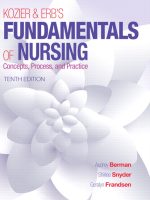

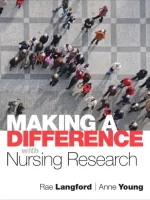
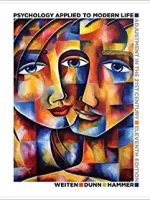
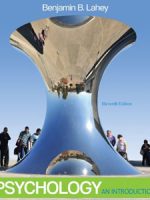

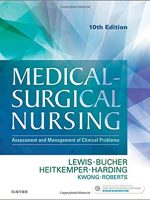
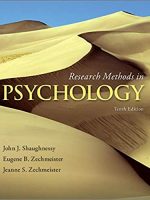
Be the first to review “Therapeutic Modalities The Art and Science, Third Edition David O. Draper”